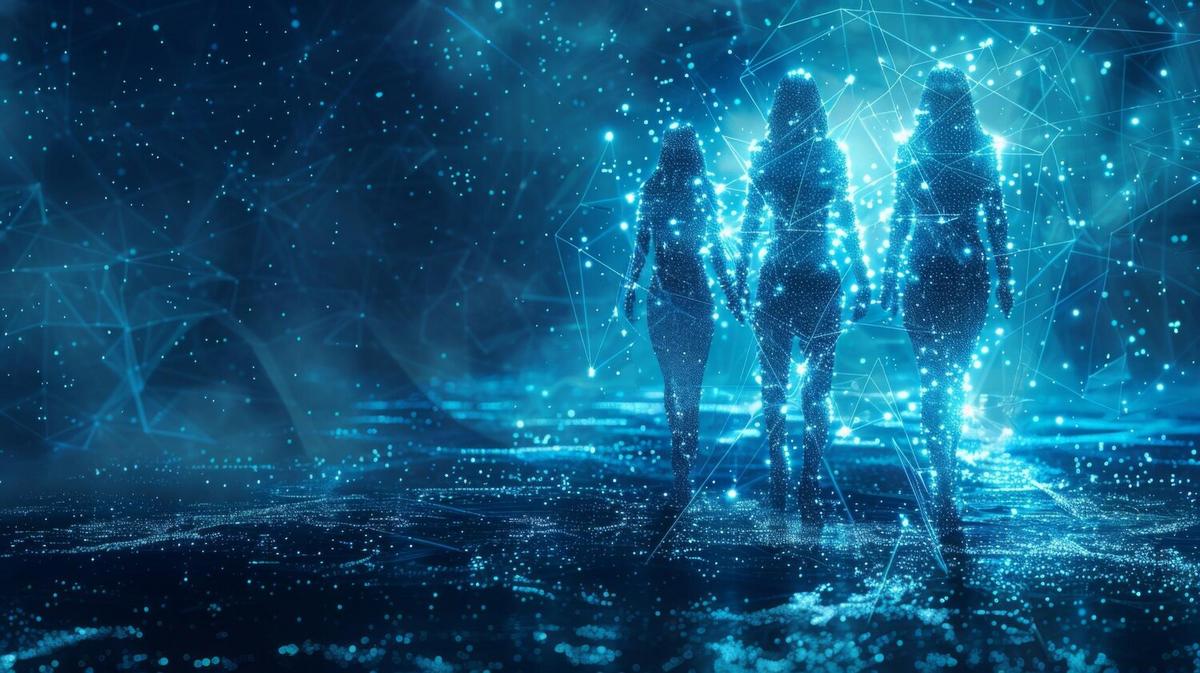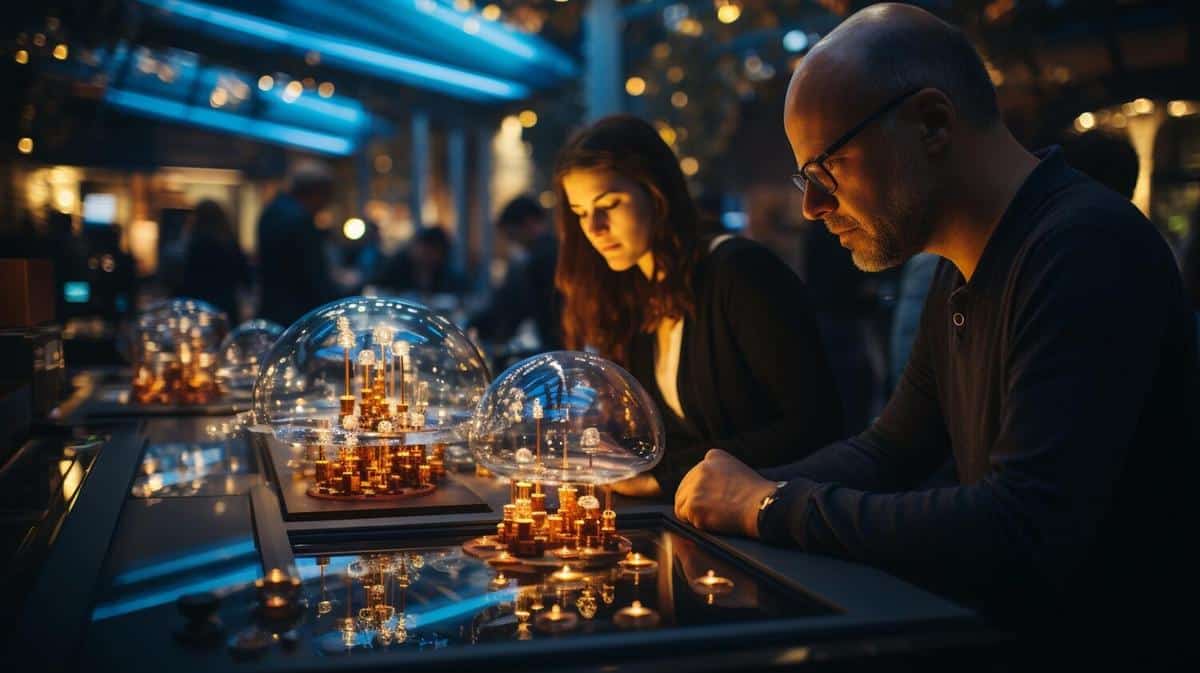
Voice Assistants in 2023: The Next Generation of AI Technology
As we move deeper into the digital age, voice assistants have evolved from simple command tools to sophisticated AI companions, revolutionizing the way we interact with technology.
Voice assistants in 2023 are at the forefront of AI technology, offering capabilities that were once the stuff of science fiction. These next-generation tools are not only improving convenience in daily tasks but are also enhancing accessibility for people with disabilities and providing businesses with new opportunities for customer engagement.
The Evolution of Voice Assistants
Voice assistants have come a long way since their inception. Today, they are powered by advanced AI algorithms that learn and adapt over time, providing more personalized experiences. According to a recent survey, over 60% of smartphone users have engaged with a voice assistant in the past year, highlighting the growing reliance on these devices.
Expert Insights
Dr. Emily Chen, an AI researcher, notes, “Voice assistants are no longer just passive tools; they are active participants in communication, capable of understanding context and intent.”
Real-World Applications
From setting reminders and controlling smart home devices to helping manage schedules, voice assistants are becoming indispensable. Take, for example, the story of Mike, a visually impaired user who relies on his voice assistant to navigate daily tasks efficiently. This technology is opening doors for those who face challenges with traditional interfaces.
Statistics and Research
Recent research indicates that voice commerce is expected to grow by 20% annually, as more consumers turn to voice assistants for shopping and product inquiries. This trend underscores the importance for businesses to optimize their services for voice search.
Actionable Tips for Users
- Customize your voice assistant’s settings to enhance functionality.
- Regularly update the software to access new features and improvements.
- Explore third-party integrations to expand capabilities.
Pro Tip: Use voice assistants to manage your email inbox efficiently by dictating quick replies and organizing messages hands-free.
Comparing Popular Voice Assistants
| Feature | Assistant A | Assistant B | Assistant C |
|---|---|---|---|
| Language Support | Multiple | Multiple | Multiple |
| Smart Home Integration | Yes | Yes | Limited |
| Music Services | Extensive | Basic | Extensive |
| Privacy Settings | Customizable | Standard | Customizable |
| AI Learning | Advanced | Intermediate | Advanced |
| Voice Recognition | High Accuracy | Moderate Accuracy | High Accuracy |
| Price | Premium | Affordable | Premium |
| User Ratings | 4.5/5 | 4.0/5 | 4.3/5 |
FAQs
What advancements have been made in voice assistant technology?
Voice assistants now feature improved natural language processing, enabling better context understanding and more personalized interactions.
How can businesses leverage voice assistants?
Businesses can optimize for voice search and develop voice-enabled applications to enhance customer experiences and improve accessibility.
Conclusion
Voice assistants in 2023 represent a significant leap in AI technology. With continuous advancements, they are set to become even more integrated into our lives, offering increased convenience and accessibility. As these tools evolve, staying informed and optimizing their use will ensure users and businesses alike can fully harness their potential.


